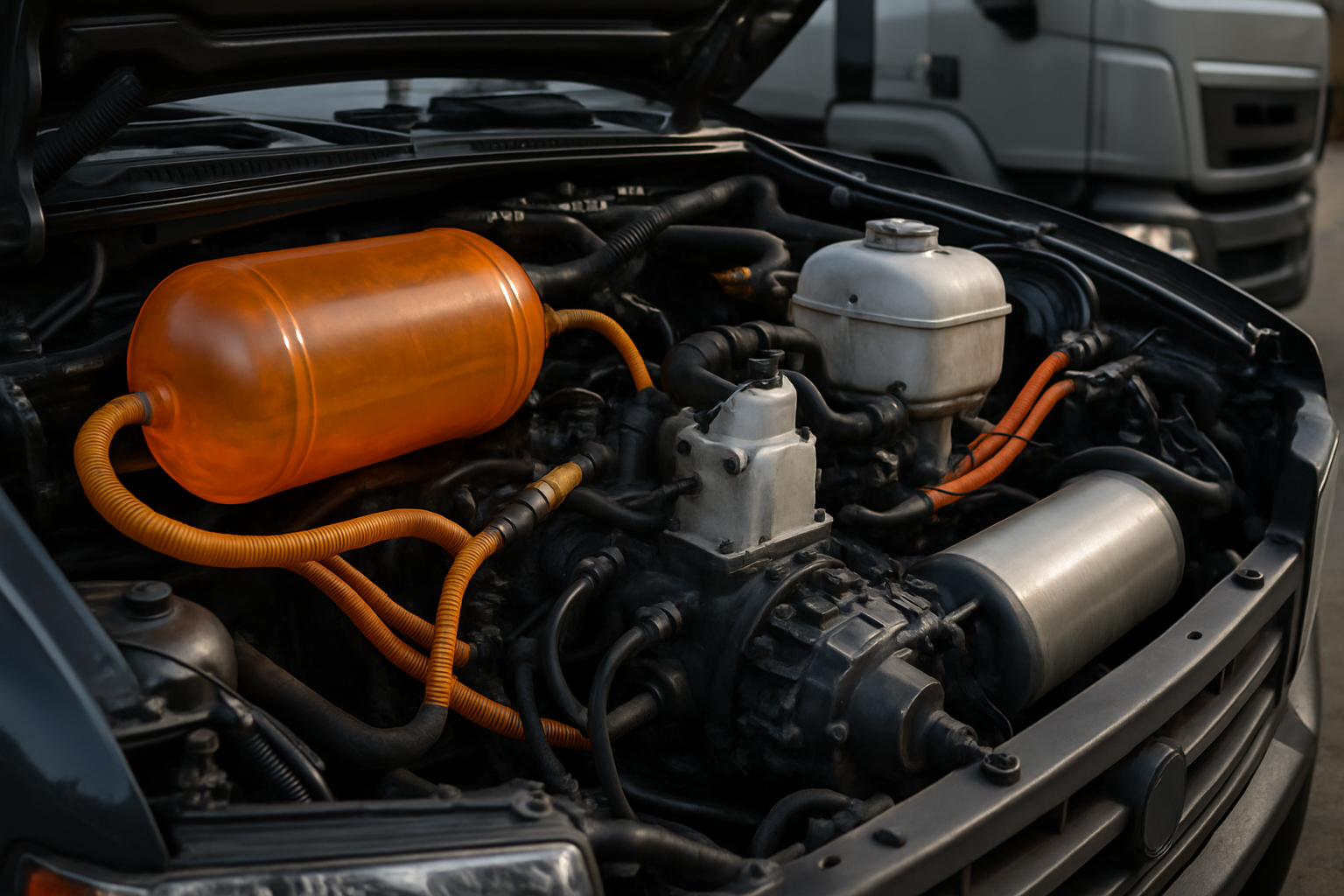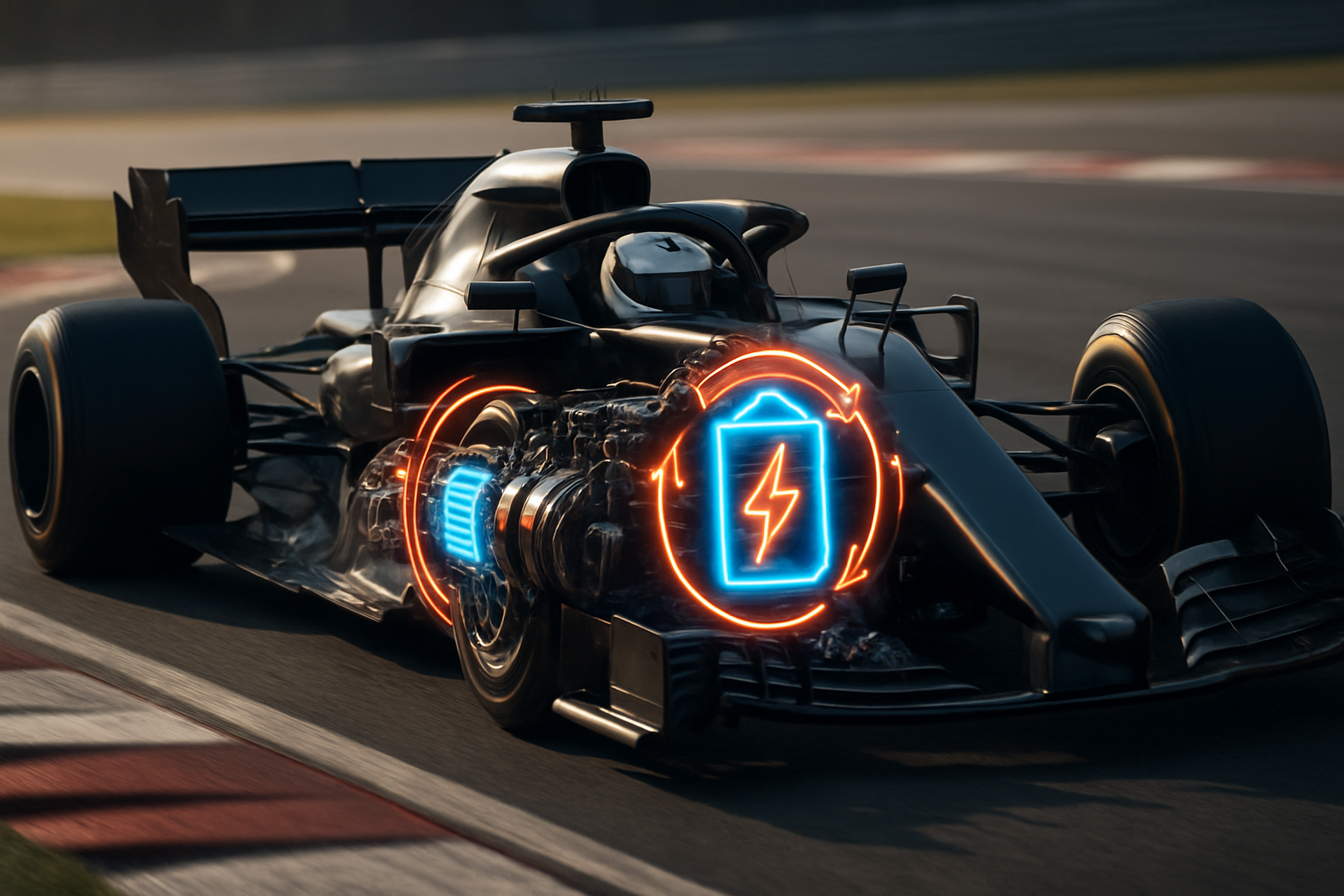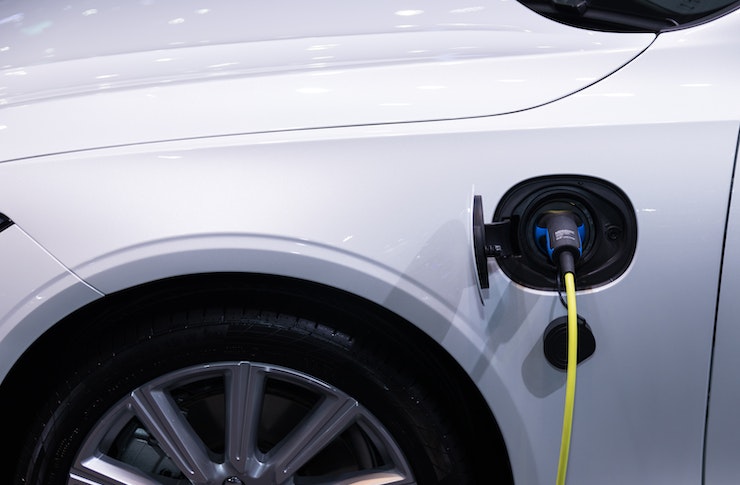Electric camping vehicles: financing and buy now pay later
Electric camping vehicles are gaining attention as quieter, lower-emission ways to travel and stay off-grid. For many buyers, the question is not just how these rigs work, but also how to pay for them. This guide explains key features, charging needs, and how “buy now, pay later” style financing fits into the United States market.
Electric camping vehicles promise smoother driving, quieter nights, and lower tailpipe emissions compared with traditional gasoline or diesel rigs. They are typically built on electric van platforms or converted with electric powertrains, and they pair well with solar and efficient onboard systems. Because these models can be expensive and relatively new to the market, understanding financing—especially installment-style options often described as “buy now, pay later”—is as important as understanding batteries, charging, and range.
What is an electric RV or camper?
Electric camping vehicles include battery-electric camper vans, compact motorhomes, and towable setups supported by electric tow vehicles. They use high-capacity battery packs to power both driving and living systems, often alongside rooftop solar and energy‑efficient appliances. Range varies by platform and weight, and cold weather, hills, and payload can reduce it. Charging typically happens via Level 2 (at home or at sites with 240V service) or public DC fast charging on compatible platforms. Availability is growing but uneven, with most offerings today centered on electric vans and custom conversions.
Rv Buy Now Pay Later: what does it mean?
In everyday retail, “buy now, pay later” generally refers to short-term, low-friction installment plans for consumer goods. For a full vehicle purchase, however, the equivalent is usually an installment loan through a bank, credit union, online lender, or dealer-arranged financing. Some dealers advertise flexible payment plans or deferred first payments, but these still function as loans with interest, terms, and credit checks. For electric camping vehicles, most buyers in the US use RV loans, personal loans, or secured auto-style loans rather than retail BNPL apps aimed at small purchases.
Rv Buy Now Pay Later USA: options and limits
In the United States, vehicle-scale BNPL via apps is uncommon. Instead, lenders underwrite RV loans with terms that can span several years, sometimes extending into double-digit year lengths for motorized units. Down payments, credit scores, income, and the vehicle’s age/condition all influence approval and rates. Dealer financing can be convenient because paperwork and lender matching happen in one place, but comparing offers from banks and credit unions can help you evaluate total cost. Because electric models are newer, underwriting may focus closely on vehicle valuation and battery condition.
Charging, range, and trip planning
Trip planning for an electric camper hinges on charging access and energy management. Many campgrounds provide 30A/50A hookups that support Level 2 charging with appropriate equipment, though policies vary by site. Public fast chargers can shorten road days on compatible platforms, but plan for longer stops than fueling a gas rig and confirm connector types. Home charging remains the most cost‑predictable option; a typical Level 2 installation can range from a few hundred to a couple thousand dollars depending on wiring distance and panel capacity. Solar can extend off‑grid stays by powering appliances, but driving range still depends on the main traction battery.
Rv Buy Now Pay Later US: financing comparison
Below are example providers active in RV lending or dealer-arranged financing in the US. Costs vary widely by borrower profile, term length, down payment, and vehicle specifics. Monthly payment examples are rough estimates for context only.
| Product/Service | Provider | Cost Estimation |
|---|---|---|
| Recreational Vehicle Loan | LightStream (Truist Bank) | For highly qualified borrowers, published rates vary; example monthly payment per $10,000 financed over long terms can be roughly $90–$120, credit-dependent |
| RV Loan (membership required) | Navy Federal Credit Union | Credit‑based APRs; example monthly payment per $10,000 over extended terms may fall around $90–$115, subject to membership and approval |
| RV Loan | Alliant Credit Union | Credit‑based APRs; estimated $95–$120 per $10,000 for longer terms, depending on credit, down payment, and vehicle age |
| Dealer Financing (RV purchases) | Camping World Finance | Dealer-arranged offers from partner lenders; monthly payment estimates vary widely by program and borrower profile |
| RV Loan Marketplace/Broker | Good Sam Finance Center | Multiple lender options; payment estimates depend on selected offer, term, and borrower qualifications |
| RV Loan Brokerage | My Financing USA | Brokered offers; payment ranges vary; longer terms can lower monthly cost but increase total interest |
Prices, rates, or cost estimates mentioned in this article are based on the latest available information but may change over time. Independent research is advised before making financial decisions.
A few practical cost notes: longer terms reduce monthly payments but increase total interest paid. Shorter terms and larger down payments typically lower overall cost. Electric campers may reduce fuel and some maintenance expenses, yet insurance, tires, and potential battery-related service should be considered. When comparing offers, look at the annual percentage rate (APR), total interest over the life of the loan, prepayment policies, fees, and whether the lender places limits on vehicle age or mileage.
A brief word on ownership costs: electricity often costs less per mile than gasoline or diesel, especially when charging at home, though rates vary by region and time of use. Campground fees can add up during peak seasons, while dispersed or off-grid camping can lower nightly costs but demands careful energy planning. Accessories—such as portable solar panels, Level 2 charging equipment, or DC fast‑charge adapters where available—add upfront expense but can improve flexibility on the road.
In summary, electric camping vehicles are an emerging and promising option for quieter travel and lower local emissions. Because BNPL-style plans for full vehicle purchases are uncommon in the US, most buyers will compare traditional RV loans, credit union offers, and dealer-arranged financing. Taking time to understand charging logistics, range realities, and total loan cost helps align the purchase with both travel goals and long-term budgets.





